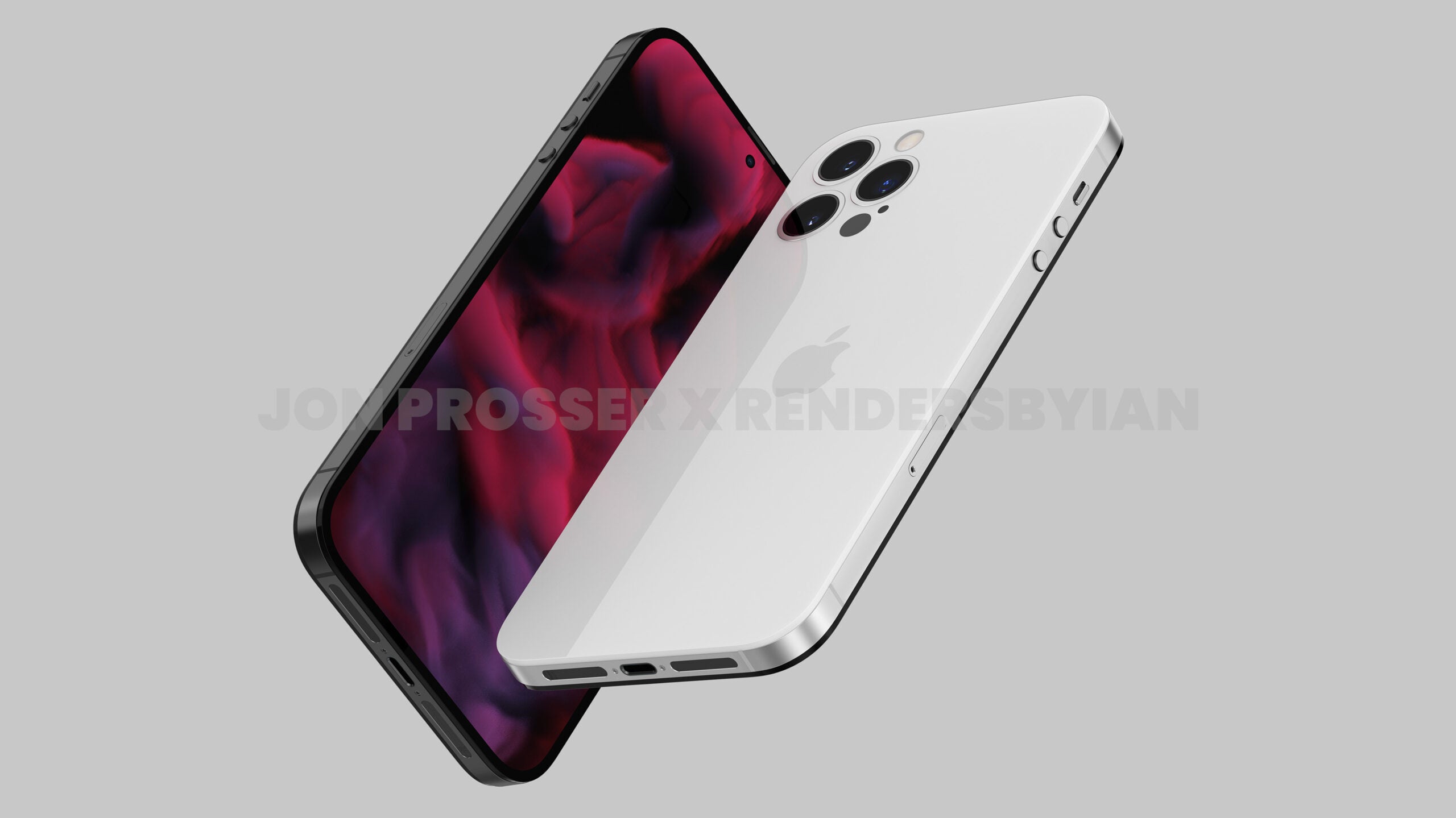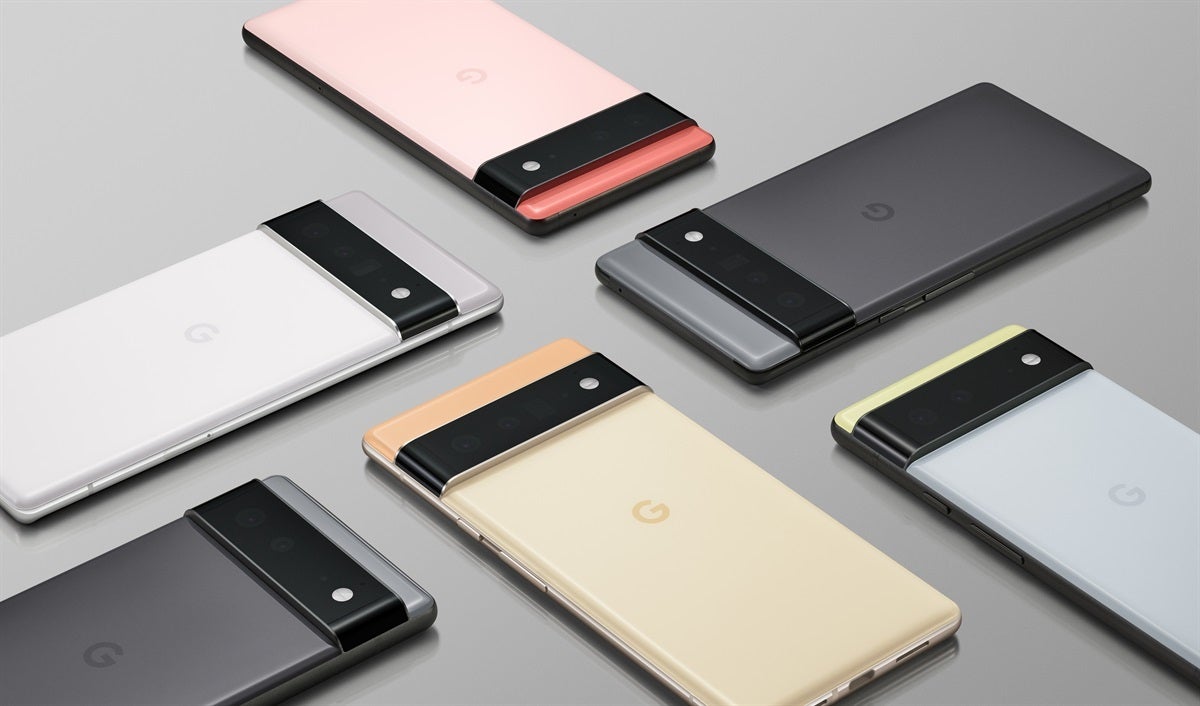iPhone 14, Galaxy S22 and Pixel 7 walk into a bar...
This article may contain personal views and opinion from the author.

Three companies are set to dominate the smartphone space in the United States in 2022, but what will Apple, Samsung and Google focus on to differentiate their best phones and convince users to upgrade?
The Apple iPhone 14, the Samsung Galaxy S22 and the Google Pixel 7 all have their unique approaches, their strengths and weaknesses, and in this article I will look at the direction each of them has set on and how they will continue to fight for the title of the very best smartphone.
*Photo above courtesy of Amid Pradhan.
Timing is critical in these chip shortage days
First of all, let's start with the timing because 2022 is starting with a bang from the first days when Samsung is expected to officially announce the Galaxy S21 FE, a new mid-range phone that will set the tone for the year. Only a couple months later, Samsung will follow it up with the Galaxy S22 series.
Headlined by the Galaxy S22 Ultra, and now two more compact options, the S22 and S22 Plus, the company will be the first to bring the new Qualcomm Snapdragon 8 Gen 1 chip to Western markets. This is important because the processor inside is what enables a lot of the new functionality in the series, and in this situation of global chip shortage, Samsung will have an important advantage by securing the chip first.
Timing is on Samsung's side with this early launch. It will close or narrow the gap with Apple's faster Bionic series of mobile chips, and it will extend the lead even further compared to other Android rivals.
Apple, on the other hand, will ride the iPhone 13 success wave until late September when the iPhone 14 series are due for arrival. So far, rumors say the only thing we can expect in between is a new budget iPhone SE model that will add 5G support, and possibly, drop the old look and adopt the modern edge-to-edge screen, swipe gesture navigation and overall. design styling of other iPhones.
Finally, Google is also planning a new budget model sometime in the first half of the year, but no new flagship all until very late in the year when the Pixel 7 series are expected to arrive at the end of October.
Samsung Galaxy S22 with one note-able addition

Galaxy S22 Ultra looks just like a Galaxy Note in leaked photos
We all thought Samsung had done away with the Galaxy Note series until we learned that the Galaxy S22 Ultra will... actually come with an S Pen inside it! Not just that, the upcoming Samsung superphone will also have the familiar sharp edges and squared off look of the Note! Effectively, what we'll end up having is a Galaxy Note 22 Ultra, only with a long-range zoom camera.
That's an interesting turn of events for Samsung, and what it shows is that the company has not really killed anything, but instead it has combined its two most successful phones into one product, instead of launching two separate versions in a 6-month interval.
The effect that this will have is to optimize their cost and streamline the production cycle, while at the same time delivering a ton of unique value with the S Pen stylus that consumers won't be able to get anywhere else. This sounds like a win-win move on paper, but what I would be on the lookout for is whether Samsung can make this Frankenstein super-phone in a form factor that doesn't grow too large and whether battery life won't take a hit now that the company has to accommodate a gigantic S Pen inside.
There is one more question that arises with this new strategy, and that has to do with people like me who never use the S Pen and find it unnecessary, but still want the very best Samsung phone around. Would they feel let down? Or would they still purchase the phone and learn to love the S Pen, or at least ignore its existence. Oh, and I'm also very curious about hearing Samsung's explanation about how they can fit an S Pen in their phone, but not a headphone jack!
Apple iPhone 14: a Max-y year

iPhone 14 is rumored to get a slight change in design
While Samsung is offering a wild ride with some drastic changes to its most important flagship phone, don't expect Apple to be nearly as adventurous.
The two high-end iPhones, likely to be called iPhone 14 Pro and iPhone 14 Pro Max, seem to have reached a level of maturity where innovation comes in small steps that will be best appreciated by a very small minority of truly "Pro" users. We saw this for the first time in 2021 with features on the current 13 Pro series. Apple ProRes, for example, is a feature for the 1%. It requires a person with knowledge of professional editing apps, a creator who truly needs the very best quality, and I imagine even some professionals will use it, but hardly any regular user. Yet it was one of the key additions to the Pro iPhones.
So what's my bet for a signature iPhone 14 Pro and Pro Max feature that Apple will focus on? One possibility is 4K 120fps slow motion that could finally be possible with Apple's A16 Bionic chip. That's a speculation, of course, but we have seen Android phones like the Sony Xperia Pro-I already have that feature, and the feature has been on my iPhone wishlist ever since then.
Another possibility is a periscope-style long-range zoom lens, but famed analyst and supply chain insider Ming-Chi Kuo predicts that feature will only arrive in 2023, and I also have serious doubts about it, as if Apple was to switch to a periscope lens instead of the regular zoom lens, that would effectively mean that it will cripple its 3X Portrait Mode, one of the differentiators of the Pro models.
What's more exciting for 2022 is Apple's plans to introduce a new iPhone 14 Max (notice that there is no "Pro" in the name). This model will likely come in at around $900 dollars, and offer the same processor and same size, 6.7-inch OLED screen, but be devoid of the ProMotion fast refresh rate and the zoom camera, as well as the ProRaw and ProRes niche features. Considering that it is likely to be made out of aluminum rather than the heavier stainless steel that Apple uses in the Pros, it will also be refreshingly lighter weight and hence, easier to carry in a pocket.
Despite having a soft spot for the iPhone mini, I think Apple has made the right call to drop the series and focus on more popular devices. The mini form factor aligns better with a budget phone as it just makes sense that people won't use a mini phone quite as much as the larger models, and most won't make full use of the chip inside. So the mini idea will slowly fade away from the flagship conversation, but will get reborn as an SE series budget phone, probably with the same A14 Bionic chip we used to have in the iPhone 12.
Google Pixel 7: improving the fundamentals

Pixel 7 Pro is a mystery, but we hope it's all about improving the fundamentals
Despite its numerous bugs, we fell in love with the Pixel 6 series. The funky new Android 12 design came together with a Google phone that finally had a fast enough processor, its very own design identity and a camera that is almost as good as the very best. Oh, and let's not forget how much cheaper all of that is compared to iPhones and Galaxies!
The Pixel 7 will be an important next step for Google to establish itself as a major player in the smartphone market, something that it has never really been. But first, all of that will happen IF and only IF the Pixel 6 sales are at least somewhat successful.
We don't doubt Google's long-term plan with developing its own chip, but that first step still has to be a success to encourage the company to persevere.
So what can we expect of the Pixel 7? It's way too early to tell, but my speculation and fear is that Google will continue focusing on AI, machine translation and all of that goodness... which is cool, but not quite the mainstream feature that will make someone switch to a Pixel. What I instead think has to happen is Google making a relentless focus on photo and video quality, as well as working on fixing all those battery drain issues around the current Pixel 6. It's actually the Pixel 6 that needs to get those features straightened up via software updates, but the Pixel 7 has to be even better and not feel quite as rushed as the Pixel 6.
Also, Google has to find a solution to the fingerprint scanner issues on the Pixel 6. It's also embarrassing that you cannot use any form of face ID on the Pixel.
All of this will be harder to achieve if Google splits its focus and decides to launch a foldable device. The risk there is that Google could spread itself thin and risk an established form factor for an experimental one such as a foldable. I'm not convinced the risk is worth taking, and it seems that Google so far is of the same opinion as the rumored Pixel Fold has not materialized in 2021.
An iPhone 14, a Galaxy S22 and a Pixel 7 walk into a bar
Finally, what will the market look like in 2022?
A look back at 2021 reveals that the surprising exit of LG has opened up the space for a new player, as people (or at least us, reviewers) are kind of bored with having only two options, an iPhone and a Galaxy, and there seems to be a thirst for something new and different.
Market analysis so far, however, shows that LG's gap has only been filled with more iPhones and others like OnePlus and Motorola have only made small strides in a very big market. I am personally very curious about the future OnePlus 10 Pro and how it can actually become the sleeper hit of 2021, if only OnePlus finally gets the camera right. The company already has the focus and the giant resources of its parent company BBK Electronics.
The Motorolas of the world come in dozens and it's hard to keep up even for a reviewer, so there is no one device that I can point to that has serious ambitions to replace any of the established flagships. Motorola is instead gunning for budget buyers in different price segments.
And as for the three phones walking into a bar... don't worry, an iPhone would never find that bar with Apple Maps!
Follow us on Google News












Things that are NOT allowed:
To help keep our community safe and free from spam, we apply temporary limits to newly created accounts: